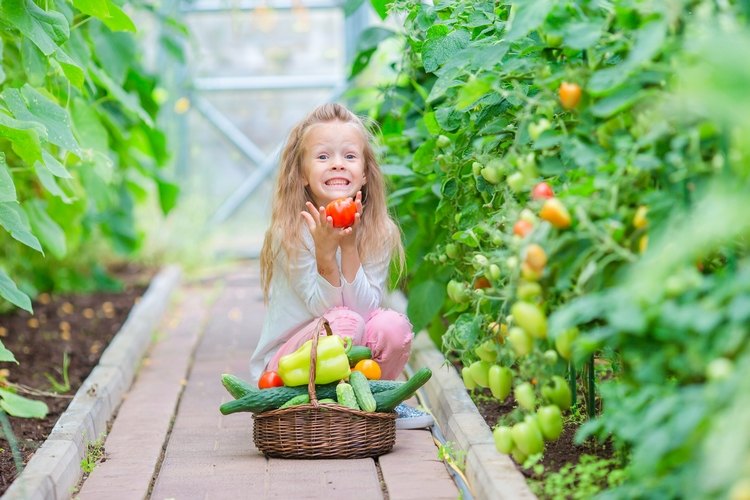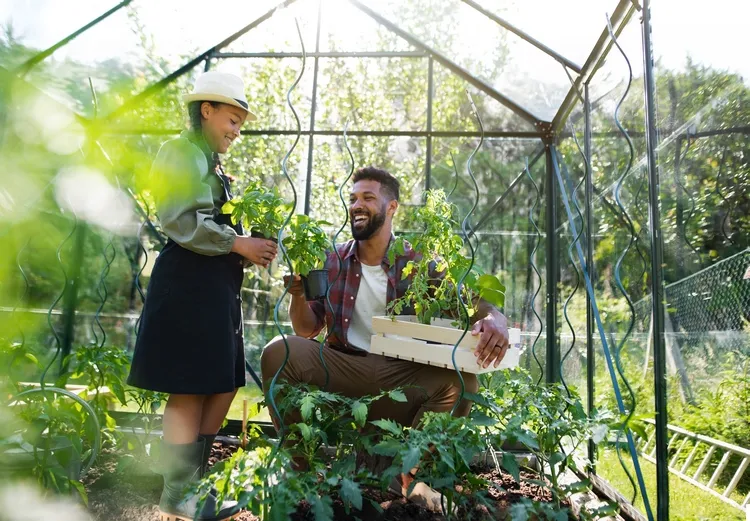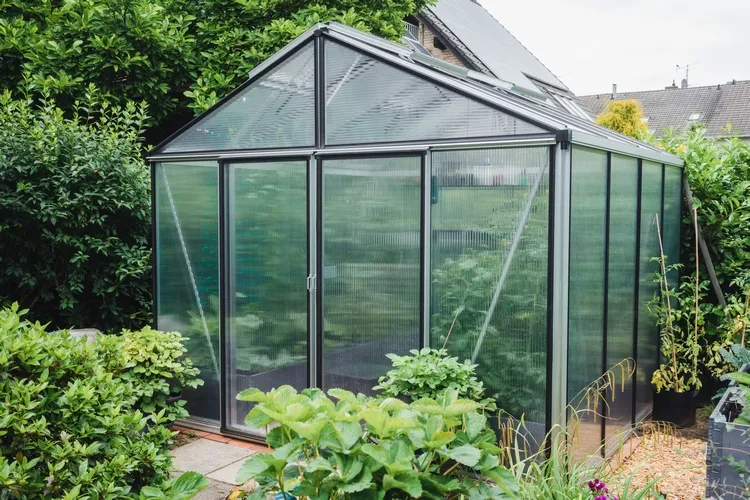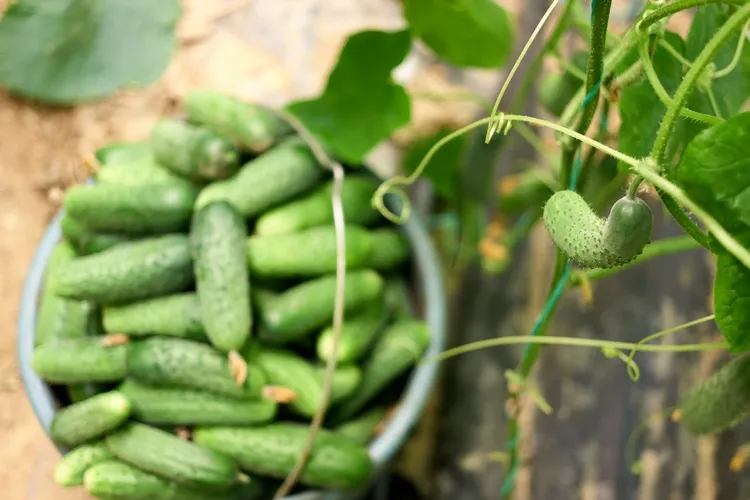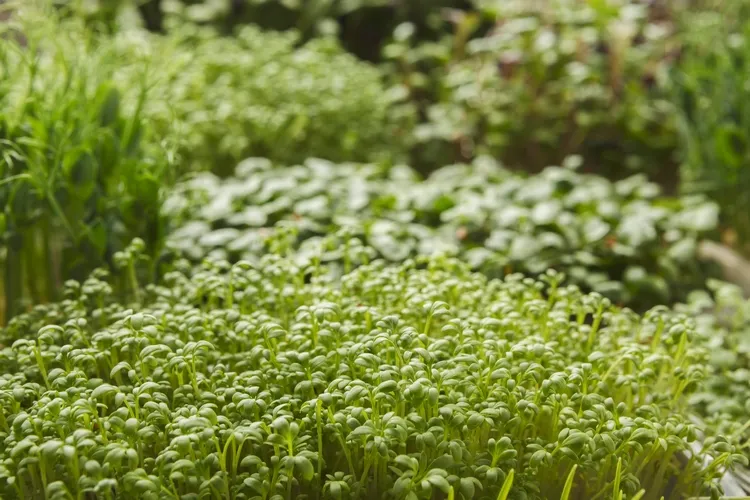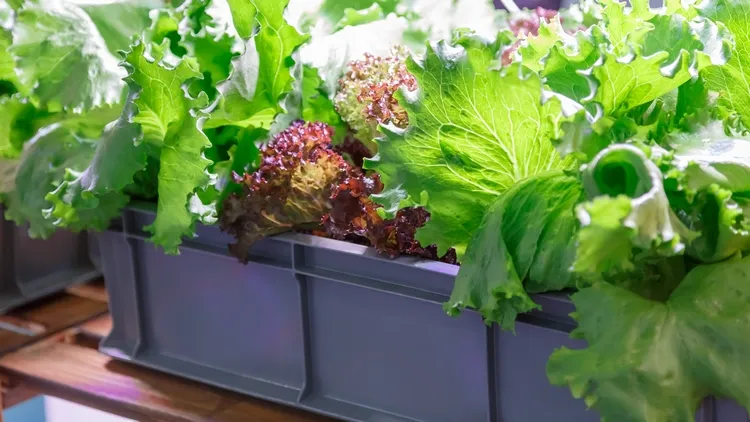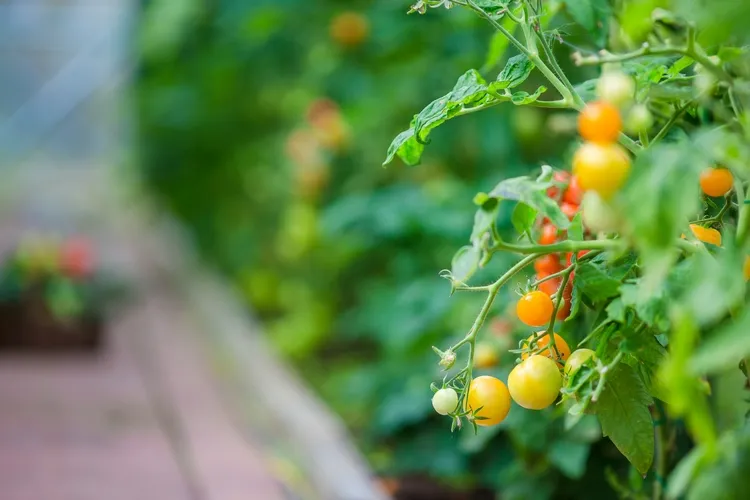Growing your own food offers numerous benefits without the need to dedicate a large portion of your yard. You can start small with a couple of herb plants, a seed bed, or a few tomato seedlings.
Why should you consider this? Growing your own food is not only therapeutic but also healthier, connecting you with nature and enhancing the flavors of your meals. We will guide you on what plants to cultivate in a greenhouse so you can relish fresh fruits and vegetables.
Cultivate Organic Food for a Healthier Lifestyle
Organic fruits and vegetables preserve their full nutritional value when grown in eco-friendly conditions, free from synthetic fertilizers or growth enhancers. Many of the produce available in stores lose their nutritional benefits due to pesticide and fertilizer treatments, exposing consumers to harmful residues. Hence, it is crucial to eliminate pesticides from fruits and vegetables before consumption.
Advantages of Greenhouse Cultivation
Growing your own fruits, vegetables, or herbs in a greenhouse provides various benefits. Harvesting produce from your garden or greenhouse is not only healthier but also more fulfilling than store-bought alternatives. If you are interested in home cultivation but lack a greenhouse, you can purchase one from an online UK-based shop. Beginners can start with a mini greenhouse and cultivate their favorite plants. The greenhouse method is immensely popular worldwide.
Furthermore, greenhouses shield plants from adverse weather conditions such as rain, frost, hail, or excessive sunlight, and protect them from pests like insects, birds, or moles.
Greenhouses create a unique microclimate with stable humidity and temperature levels, ensuring optimal growing conditions.
Recommended Plants for Greenhouses
Would you like to relish your favorite fruits and vegetables year-round? Although growing your own food may seem challenging, patience will reward you with a bountiful harvest. Let’s explore the ideal greenhouse plants for cultivation.
Microgreens and Baby Leaves
Cultivating microgreens is an excellent way to enjoy nutritious vegetables, especially during colder months. Microgreens, not classified as fruits, are grown from seeds until the first leaves emerge. They are believed to contain ten times more nutrients than mature greens.
Baby leaves are harvested when the plant’s leaves reach 5-10 centimeters. Varieties like basil, arugula, parsley, and spinach thrive in containers or soil with minimal sunlight requirements.
Greenhouse Plants for Cool Seasons
Cruciferous vegetables like cauliflower, broccoli, Brussels sprouts, along with onions, peas, potatoes, and radishes, thrive in cooler temperatures. Leafy greens such as kale, lettuce, and spinach are also suitable for planting during the cool season, yielding well even in low temperatures.
Warm Season Plants for Cultivation
Basil, beans, cucumbers, corn, eggplants, okra, peppers, and tomatoes are excellent greenhouse plants for warmer climates. Additionally, consider growing heirloom tomatoes, strawberries, melons, citrus fruits, a variety of herbs, pumpkins, and zucchinis in your greenhouse for a diverse harvest.
Frequently Asked Questions
Why is growing your own food beneficial?
Growing your own food is beneficial as it allows you to have access to fresh and organic produce, enhances the flavors of your meals, connects you with nature, and can be therapeutic.
What are the advantages of greenhouse cultivation?
Greenhouse cultivation provides benefits such as protection from adverse weather conditions, pests, and creating a stable microclimate with optimal growing conditions. It also allows for year-round cultivation of various plants.
Which plants are recommended for greenhouse cultivation?
Recommended plants for greenhouse cultivation include microgreens, baby leaves, cool-season vegetables like cauliflower and broccoli, leafy greens such as kale and lettuce, as well as warm-season plants like tomatoes, peppers, and cucumbers.
How do organic fruits and vegetables differ from store-bought produce?
Organic fruits and vegetables grown in eco-friendly conditions retain their full nutritional value without harmful pesticide residues, unlike store-bought produce that may lose nutritional benefits due to pesticide treatments.
What are microgreens and baby leaves?
Microgreens are young vegetable greens harvested just after the first leaves appear, while baby leaves are harvested when the leaves reach a small size. Both are nutrient-dense and suitable for greenhouse cultivation.
What are some cool-season plants suitable for greenhouse cultivation?
Cool-season plants like cauliflower, broccoli, Brussels sprouts, onions, peas, and leafy greens such as kale and lettuce thrive in cooler temperatures and are ideal for greenhouse cultivation.
Which warm-season plants can be grown in a greenhouse?
Warm-season plants like basil, cucumbers, tomatoes, peppers, strawberries, and various herbs thrive in warmer climates and can be successfully cultivated in a greenhouse for a diverse harvest.

